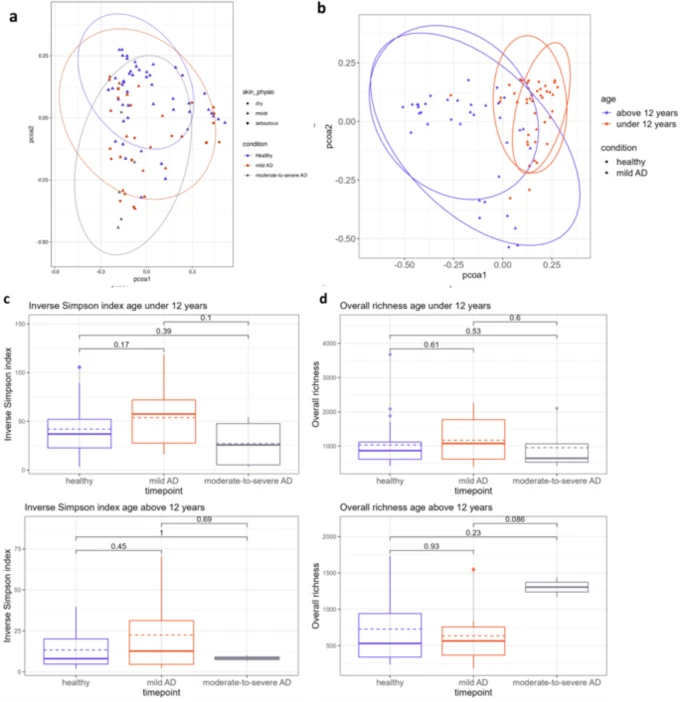Abstract
 |
Associations between atopic dermatitis and skin microbiome diversity |
A blog that publishes updates and open access scientific papers about allergy, asthma and immunology. Editor: Juan Carlos Ivancevich, MD. Specialist in Allergy & Immunology
Abstract
 |
Associations between atopic dermatitis and skin microbiome diversity |
No comments:
Post a Comment